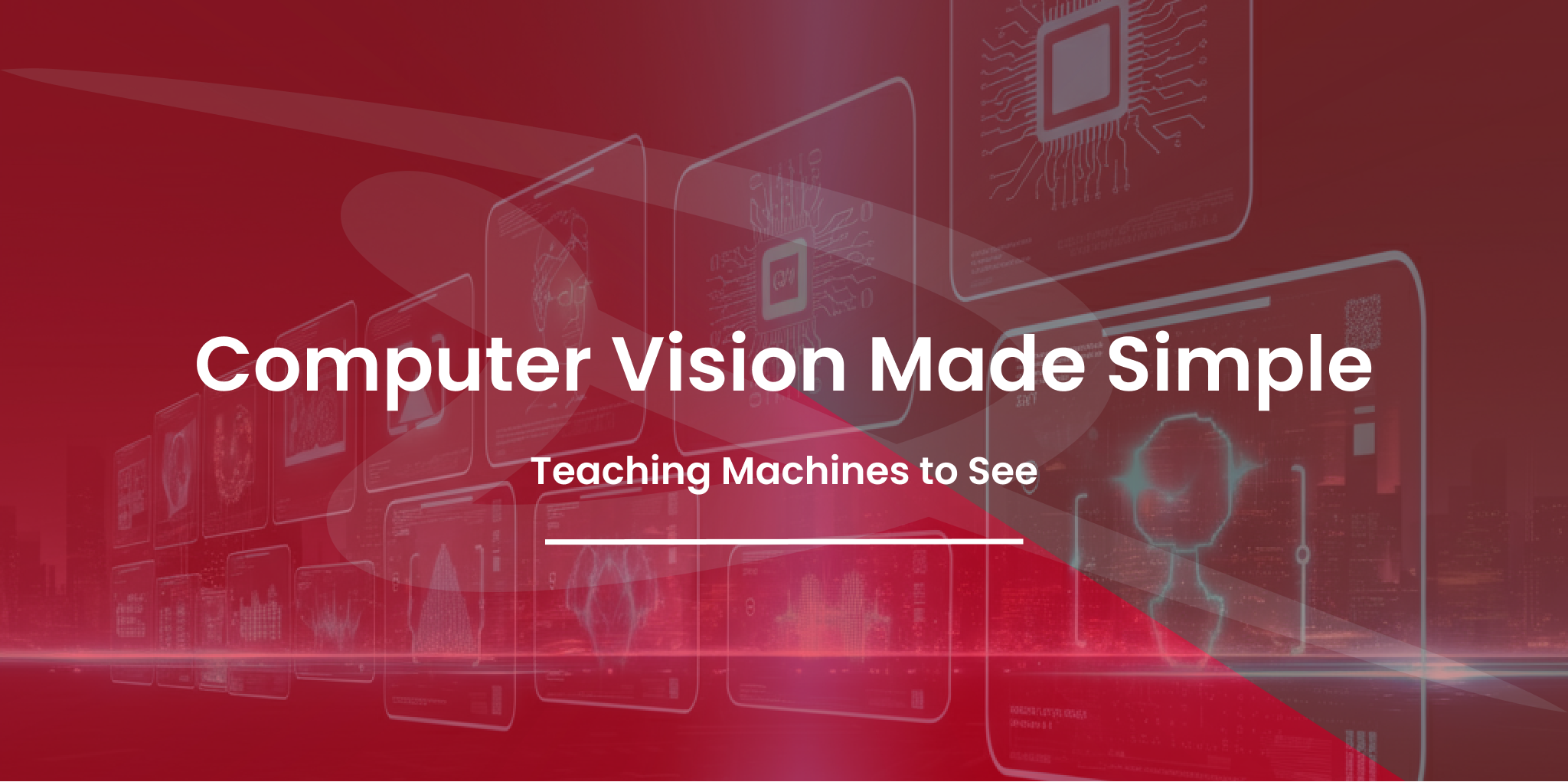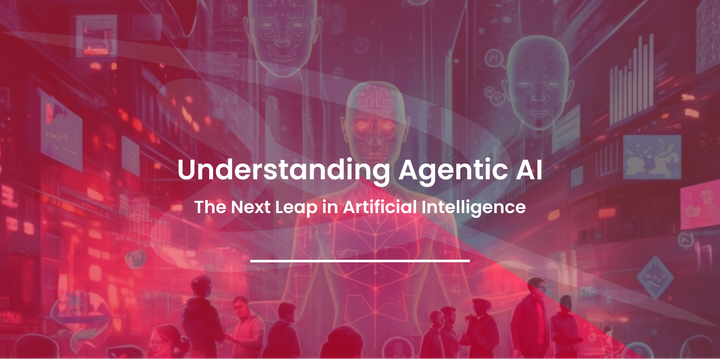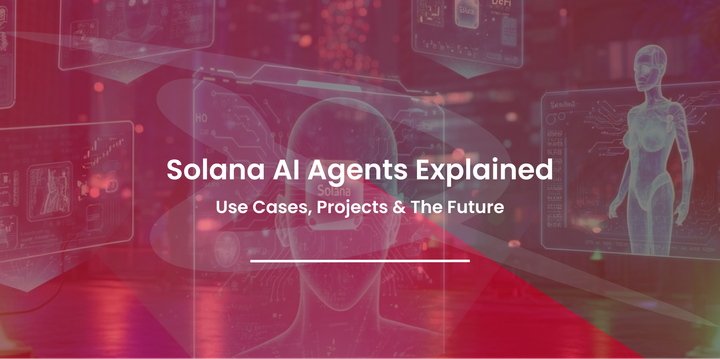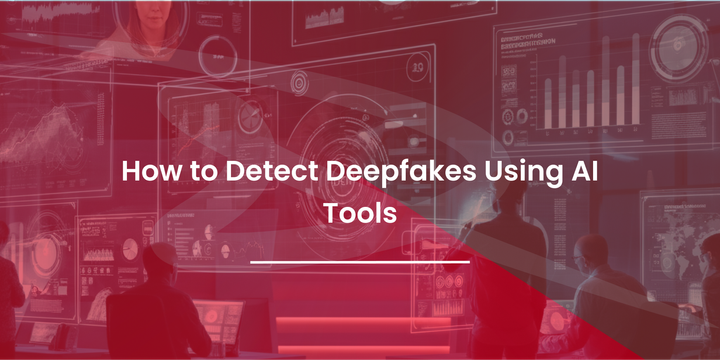Computer Vision Made Simple: Teaching Machines to See.
Discover how computer vision works and its real-world applications. A guide to image processing, object detection, and AI in healthcare, retail, and beyond.

Did you know that your smartphone's ability to unlock with your face or suggest the perfect Instagram filter is rooted in an incredible field called Computer Vision? It’s not just a technology buzzword; computer vision represents a groundbreaking ability for machines to interpret and understand visuals the way humans do (or even better).
For data scientists, AI enthusiasts, and tech innovators, understanding computer vision is no longer optional—it's essential. With applications ranging from autonomous vehicles to medical diagnostics, this field is transforming industries and reshaping possibilities. Want to learn how "teaching machines to see" works and why it matters? Grab a coffee; we're about to break it all down.
What You'll Learn in This Post:
- What computer vision is and why it’s important
- How computer vision works
- Key techniques and algorithms that power it
- Real-world applications revolutionizing industries
- Challenges and limitations to be aware of
- Tools and libraries that bring this science to life
By the end, you’ll not only understand computer vision basics, but you'll also see its potential and how you might start working with it.
What is Computer Vision?
At its core, computer vision (CV) is a field of artificial intelligence (AI) that trains machines to interpret and make decisions from visual inputs. These inputs could range from images to videos, enabling machines to "see" and understand their surrounding environment.
Why is Teaching Machines to See Important?
Think about how much of human interaction with the world is visual. Now, imagine this capability enhanced by tireless, precise machines. By boosting automation and accuracy, computer vision enables solutions in areas humans struggle with—be it identifying diseases early through x-rays or detecting hazardous road conditions in self-driving cars.
Real-world Impact
The potential applications are staggering:
- Detecting early signs of illnesses in medical imaging
- Powering autonomous vehicles for safer roads
- Creating immersive augmented reality (AR) experiences
- Improving customer experiences with personalized visual search
The ability to extract insights from visuals has turned computer vision into one of the most significant innovations of modern AI.
The Basics of Computer Vision
Definition and History
Computer vision has evolved massively since its inception in the 1950s with simple image recognition tasks. Early concepts paved the way for advanced neural networks that today can analyze millions of pixels in milliseconds.
How Does Computer Vision Work?
At its core, computer vision involves three essential steps:
- Image Acquisition: Capturing data through digital cameras or sensors.
- Preprocessing: Enhancing the image's quality (e.g., removing noise or improving contrast).
- Feature Extraction: Identifying patterns, edges, or critical data points.
This process converts flat pixels into meaningful patterns that allow machines to "see."
Key Concepts in Computer Vision
- Image Classification
Machines learn to categorize images into predefined labels (e.g., differentiating cats from dogs).
- Object Detection
Goes beyond classification by identifying objects within an image (e.g., locating all vehicles in a street image).
- Image Segmentation
Divides an image into segments, allowing machines to focus on specific regions (e.g., identifying tumors in MRI scans).
- Facial Recognition
Recognizing and verifying human faces across images, central to security systems.
- Optical Character Recognition (OCR)
Extracting text from images for automated document processing.
Core Techniques and Algorithms
Image Processing Techniques
Before getting into deep learning, foundational techniques like edge detection, filtering, and noise reduction allow for initial analysis.
Examples include:
- Edge Detection with Sobel and Canny filters to identify object outlines.
- Histogram Equalization for balancing brightness and contrast.
Feature Extraction and Pattern Recognition
To spot patterns in visuals, techniques like:
- SIFT (Scale-Invariant Feature Transform) and SURF (Speeded-Up Robust Features) identify key points in images.
- HOG (Histogram of Oriented Gradients) excels in object detection tasks like pedestrian recognition.
Machine Learning Techniques
- Supervised Learning for tasks like image classification.
- Unsupervised Learning for detecting anomalies in data without predefined categories.
Deep Learning and Neural Networks
Modern breakthroughs owe much to deep learning, especially Convolutional Neural Networks (CNNs), which mimic how humans process visuals. Transfer learning through pre-trained models like ResNet and VGG accelerates training for new tasks.
Further, Generative Adversarial Networks (GANs) are used for generating synthetic images, such as creating faces or reimagining art.
Applications of Computer Vision in the Real World
- Healthcare
From analyzing X-rays to diagnosing cancer through MRIs, computer vision is revolutionizing medical diagnostics.
- Autonomous Vehicles
Tasks like object detection (pedestrians, vehicles), traffic sign recognition, and lane detection rely heavily on CV.
- Security
Facial recognition for authentication and anomaly detection for real-time surveillance are just the beginning.
- E-commerce
Think virtual try-ons or using an image to find similar products in online stores.
- Agriculture
Pest detection, crop monitoring, and even climate analysis are being enhanced with CV-powered systems.
Challenges and Limitations in Computer Vision
- Data Requirements
Models need vast datasets to learn effectively, and labeling images can be time-consuming.
- Accuracy and Bias
Models can inherit biases from training data, leading to unfairness.
- Hardware Constraints
Real-time applications require high computational power, often making them expensive.
- Security Vulnerabilities
Malicious attacks—like adversarial examples—could fool a vision system to misclassify an object.
Popular Tools and Libraries
If you want to start using computer vision, these tools dominate the landscape:
- OpenCV for basic image processing.
- TensorFlow and PyTorch for deep learning models.
- YOLO for real-time object detection.
- Cloud-based APIs like Google Cloud Vision and Amazon Rekognition for easy integration.
The Future of Computer Vision
The path forward for computer vision is exhilarating:
- 3D Vision is enabling depth-aware systems for realistic AR/VR experiences.
- Edge AI is bringing CV to mobile devices for real-time analysis.
- Explainable AI aims to improve transparency in decision-making.
Excitingly, CV is also integrating with other technologies like NLP to power multimodal AI systems, broadening its capabilities.
FAQs
- What is Computer Vision?
It’s a field of AI that teaches machines to interpret visual data.
- How does it work?
By capturing, preprocessing, and extracting features from visual inputs.
- What are major applications?
Healthcare, autonomous vehicles, security, AR/VR, retail, and more.
- What role does CNN play?
CNNs are the backbone of modern CV, designed to process and analyze image-based data.
- Which programming language is ideal for CV?
Python reigns supreme due to its libraries like OpenCV, TensorFlow, and PyTorch.




Comments ()